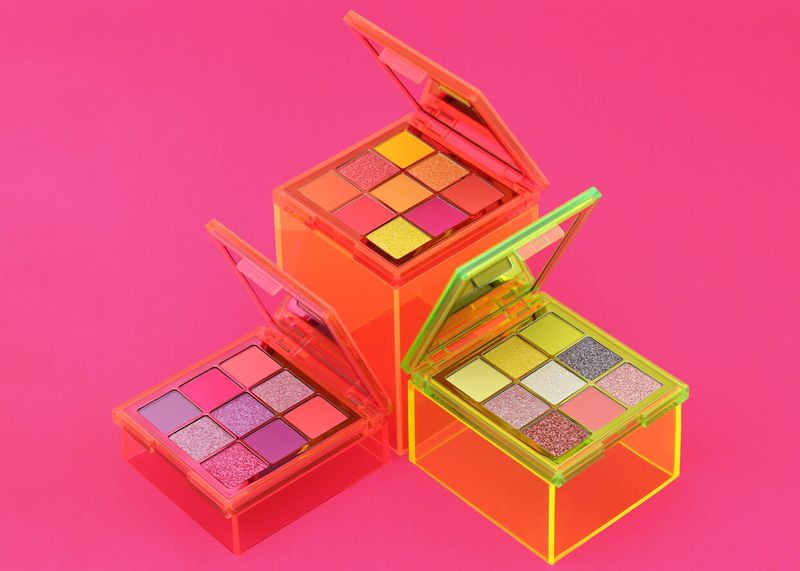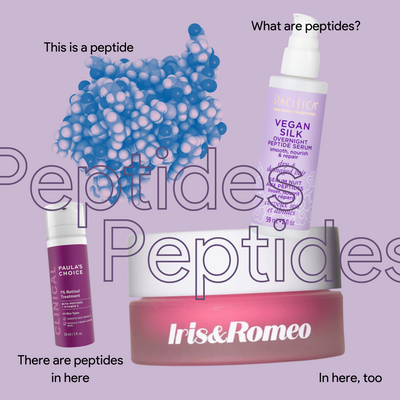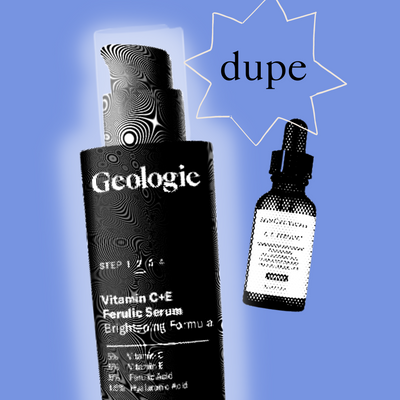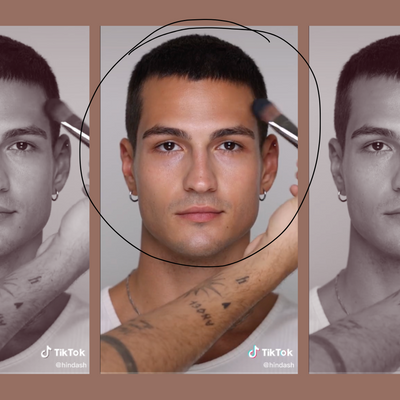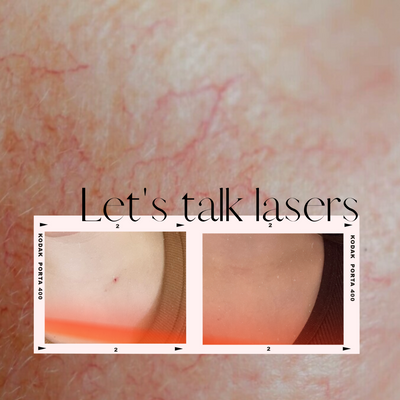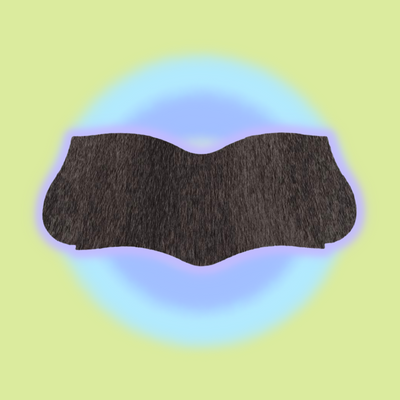Huda Beauty is under fire again.
Last summer, Huda Beauty was exposed via Instagram for concealing a disturbing FDA warning on their Neon Obsessions eyeshadow palette with a sticker.
This month on TikTok, users are continuing to peel back the stickers on Huda Beauty’s eye makeup products to reveal an ingredients list and the same disclaimer that reads: “not intended for use around the eye area.” In one case, the pink pigment stained a user’s eyes.
https://t.co/EOPsEd5nub saw this on tik tok about huda beauty please talk about this bc its kinda fucked
— kaiya deppiesse (@kaiyatd) March 27, 2020
huda beauty is having a scandal bc her eyeshadows say not safe for eyes. AND SHE DIDNT ADRESS IT SHE JUST IS MAKING TIK TOK WHIPPED COFFEE LMAOOOO
— lilac (@nickiminajcooch) April 1, 2020
Huda beauty getting exposed on tik tok is the kind of content I live for tbh
— Witch Bitch ?✨ (@ibleedneon) April 2, 2020
Huda Beauty isn’t alone; Estee Laundry, the beauty industry’s online watchdog spotlighted a number of brands whose brighter colors go FDA-unapproved for use around the eyes (read: neons). While the administration doesn’t get specific as to okayed shades, the administration claims that a “number of color additives approved for cosmetic use in general are not approved for use in the area of the eye.” They also provide a list of what ingredients exactly do fly for each section of your face in the US.
A director of regulatory in the cosmetics industry, who wishes to remain anonymous, explains that while most toxicologists approve using these types of colorants around eyes, the FDA won’t sign off due to past safety studies. So, she says, “Bottom line: if you are marketing them in the US you need to follow the FDA rules,” and all brands attempting to sell hyper-pigmented shadow are required to package their products with this kind of verbiage.
Still, cosmetic companies have become increasingly crafty as to how exactly they comply. Urban Decay, for example, sells their brightest eyeshadow products as “multi-use artistry palettes,” leaving it to their customers to interpret and apply the product as they see fit.
“Some brands get around this rule to market more colors in the US by branding eyeshadow as ‘shadow palettes’ or ‘pressed pigment palettes,'” she reveals. “They leave out the word eye, and they will often put a disclaimer like ‘aren’t intended for eye area’ or will have a picture of a face or an eye crossed out. If most consumers see these palettes and buy them for their eyes — not noticing or understanding the disclaimers — then technically these products are misleading.”
Misleading borders on unethical when, in the case of Huda Beauty, these messages are concealed, and it’s additionally problematic to continue with this strategy after consumers express disapproval. Then there’s the promotional imagery associated with the Huda Beauty palette, all of which sees the product applied around the eyes. This, says the director, is an obvious no-no.
“They need to be very clear in their marketing and communication that these are not intended for eye area use so no one is confused when purchasing the palette or mislead,” the director claims, adding: “Their marketing images and social media images used in the US need to show the shades used in areas other than the eye area.”
Whether this trend will serve as a call-to-action for the brand to better navigate the FDA requirements while remaining transparent with their consumers, time will tell — but we should all know by now that Tik Tok has unprecedented power, and it should not be taken lightly.

